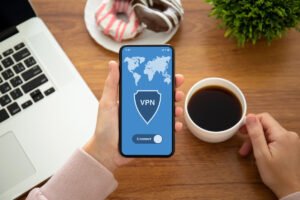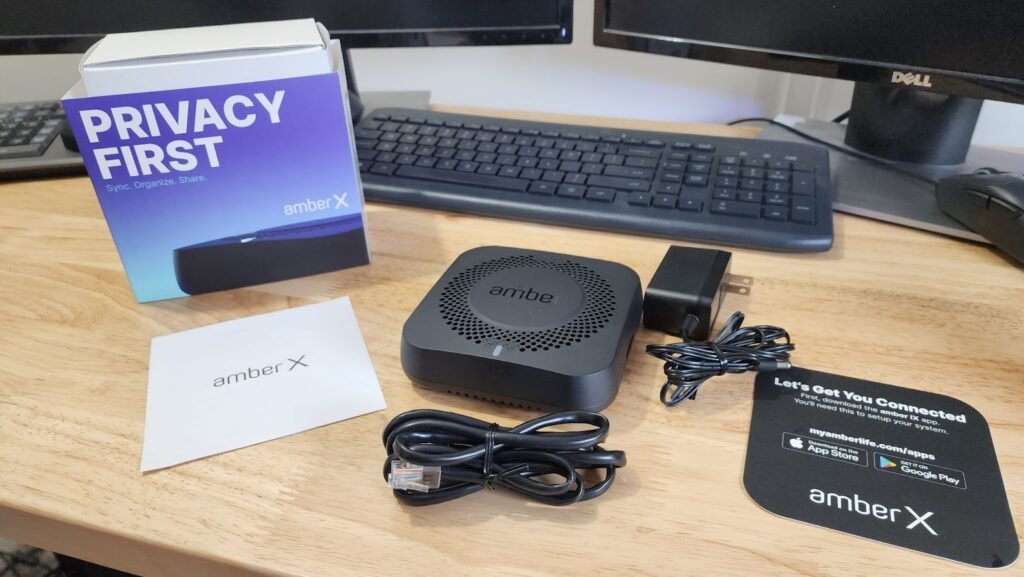Do you ever feel like you need a security badge to access your email account? Or that you need a secret password just to buy something online? If so, you’re not alone. The internet can be a scary place, especially when it comes to our personal information. That’s why two-factor authentication is becoming increasingly popular (and from a user perspective…very annoying). But what is two-factor authentication, and do you really need it? We wanted to highlight this ever-evolving security measure that’s being used just about everywhere.
What Is Two Factor Authentication? Do I Really Need It?
Two-factor authentication (2FA), a sort of multi-factor authentication (MFA), is a security procedure that cross-verifies people using two separate types of identity. It’s most widely used with business and finance applications, but it’s being used more and more with email addresses and particular evidence of ownership of a mobile phone. Even if an attacker gets beyond the initial authentication stage, two-factor authentication (2FA), used in conjunction with username/password verification, makes it far more difficult for these hackers to get unauthorized access. As annoying as they seem (I bet I have to authenticate a dozen times a day at least), they are another layer of security one has to appreciate when it comes to keeping our data secure.
LEARN: Protect Your Home Wifi Network Now!
Two-factor authentication (2FA) is a security measure that is often used in online banking, social media, finance applications, and e-commerce to protect the most sensitive portions of a website (such as admin panels or places that contain credit card information and personal data). Additionally, two-factor authentication allows businesses and governmental institutions to be more productive and efficient by enabling workers to conduct distant jobs with significantly fewer security worries. When I hear people complain or ask me how important 2FA is and whether they need it, without hesitation I respond, “YES!” Although it is not a bullet-proof method to keep hackers or malicious software from diving into our personal and sensitive data, it is essential when it comes to security. Let’s dive into why two-factor authentication is so important…
Why Do We Need Two Factor Authentication?
Let’s reiterate this: Passwords are still critical for your security. Just because you’ve enabled 2FA doesn’t mean you can have easy to guess passwords like “Password1234” (and yes…that is a very popular password used on the internet by real people). Having a hard-to-guess password just doesn’t have the same impact as it once did. Passwords that are too easy to guess (even hard ones to a certain extent) are often reused across several websites. More than that, hackers have amassed a staggering amount of personal information (a lot of public), including usernames and passwords. Because of these factors, passwords on websites are no longer as safe as they once were.
The usage of two-factor authentication on any essential internet (web-based) account, such as a bank or trading account, is critical. We pound the drum quite often at DDID about security and your personal data. If you use an app or a service that has two-factor authentication, it is vital that you enable it immediately.
TRENDING: This Device Can Monitor And Secure Your Home Or Business Network
How Does Two Factor Authentication Work?
Here’s a brief overview of the benefits of enabling two-factor authentication (2FA) and some of the more popular methods of where it’s used.
1. Text Messaging
Text messages are used as a two-step verification method. Your registered mobile device number will get a login code through text message. Two-factor authentication from this method is simplified to its most basic form. You just need a phone and a wireless connection to get started. Sending a text to personal accounts often uses 2FA, but it’s not without its drawbacks. There are some vulnerabilities using this method. Someone might impersonate you to the phone provider, seize your phone, and get illegal access to your accounts by posing as you.
Employers that do not have their own personal phone lines should be mindful of using this strategy. Using an employee’s personal phone number puts the company in danger of a fired employee causing significant harm or just having access once they leave. Personal phone plans may not cover all locations, so workers on overseas business trips run the risk of losing access to their accounts.
2. Authentication Application
Authentication app 2FA generates an authentication code using a mobile app (Authy and Authenticator are two very popular apps with this). Once you’ve entered this code, you’ll be able to log in. Users don’t need a wireless network to utilize applications, as opposed to text messaging. Anyone with an internet connection may view their account. Apps like Google also provide a list of backup codes in the event of network issues. As much as I hate to have to use one of these authentication apps to gain access to one of my accounts, this is a very popular and very effective way to secure your data with 2FA.
3. Biometric Two-factor Authentication
It’s possible to use biometric 2FA to protect your account by requiring that you provide something that is uniquely yours in order to log in. The camera on your computer or tablet may scan your retina or face for biometric verification. Or your fingerprint may be required for tablet biometric verification.
These approaches are becoming more popular, but there are certain drawbacks to keep in mind. Biometric data theft is on the rise. Information about your retina or fingerprint, unlike a password that can be changed, would compromise your security and privacy forever. However, I still think this is the most effective usage of 2FA.
How Does Two Factor Authentication Make Your Account More Secure?
You’re taking an extra step to ensure that you’re making good security choices when you sign in. Even if someone has your password, they won’t be able to access your account from a different device since the verification will be transmitted to your phone number (or other methods). When someone attempts to log in to your account and clicks “submit,” a page asking for a code will appear. This code has been sent to the registered mobile phone number by SMS. Depending on your account settings, certain applications may utilize other devices signed in to send you notifications. Two-factor authentication has a wide range of options.
DISCOVER: The Best Password Managers
Two Factor Authentication Best Practices
When it comes to protecting your online account, never rely just on a login and password. We’ve highlighted that quite a bit above. It’s too simple for hackers to get into your accounts these days, as seen by the recent spate of corporate security breaches.
Two-factor authentication is not, however, a perfect method of preventing commerce fraud.
These 2FA recommended practices should be followed in addition to the use of text messages, authenticator applications, or biometric approaches.
Use A Business (Or Google) Number
Use a business number for SMS 2FA authentication instead of your personal phone number
It’s fairly uncommon for phone service providers to be duped by sophisticated hackers into altering their account information. You may instead use a dedicated Google Voice number that you can always maintain and that a phone service provider cannot modify.
Avoid Resetting Your Password By Email
This one is hard to avoid, but more services are allowing you to reset passwords other than using your email. Resetting your passwords through email is a time-saving option. Using merely your username and password will allow a hacker to access your account without having to go through any additional 2FA steps you’ve put in place.
Use Multiple Verification Methods
If it’s available, I highly recommend using more than one kind of verification to ensure your identity.
With several 2FA methods, you can protect many accounts. And the more 2FA methods you use, the more secure your information becomes.
DALE TIP: If I get a text message from Amazon (or Walmart, Instagram, Facebook, Netflix, etc) saying that I need to “Click this text link to finish my two-factor authentication 2FA”…and I didn’t initiate the 2FA process, I don’t click the link.
An Easy Security Measure To Protect Your Data
I will yell from the rooftops over and over again: Enabling two-factor authentication is one of the EASIEST and MOST effective ways to beef up your online security. If you’re not doing it, you’re taking a risk with your personal information. In the digital world, two-factor authentication is gradually becoming the standard, so you better hop on board and get with the program. It is already available in most banks, cloud storage providers, and social networking platforms. When feasible, use two-factor authentication (2FA). Prevention is always better than cure, as they often say.








